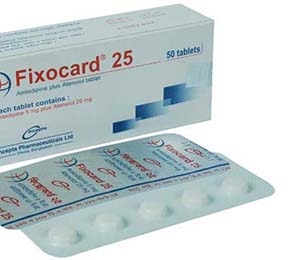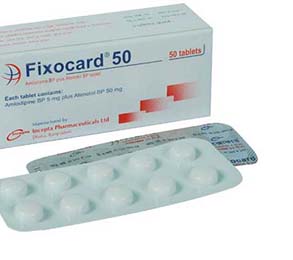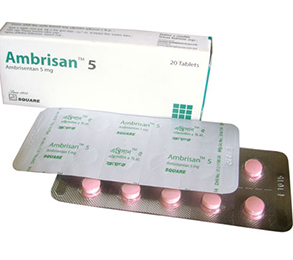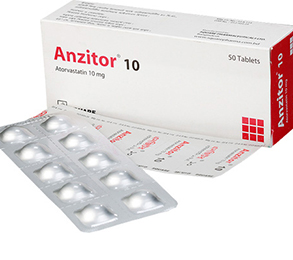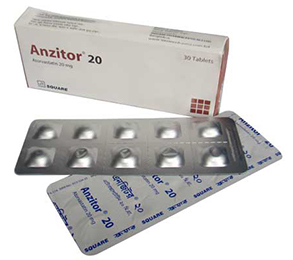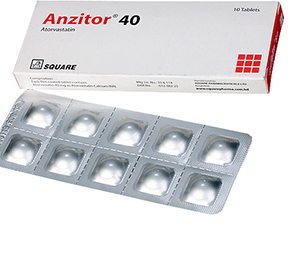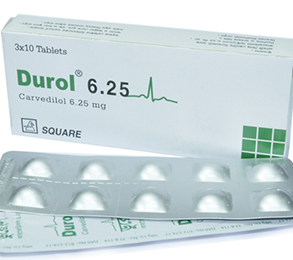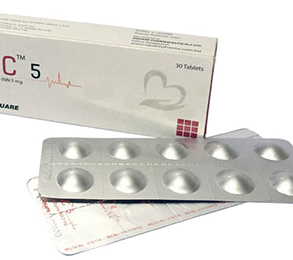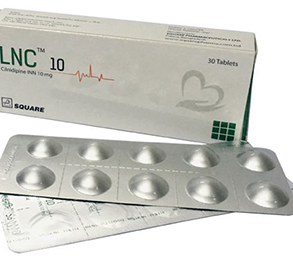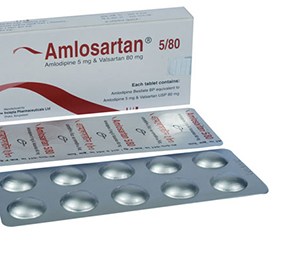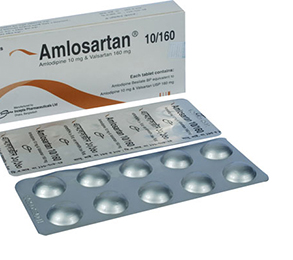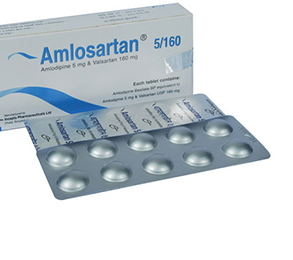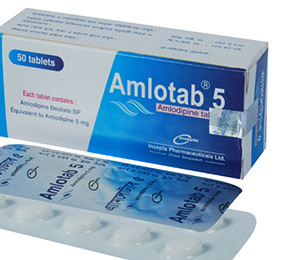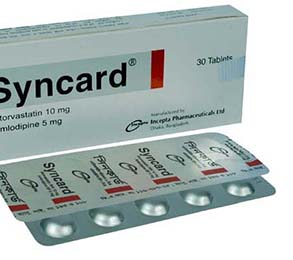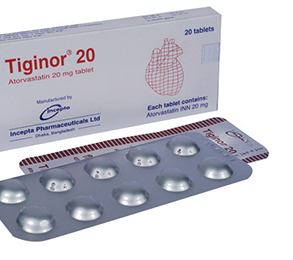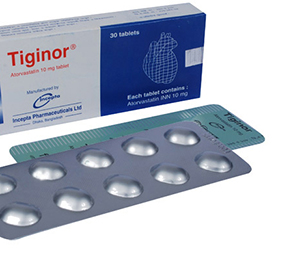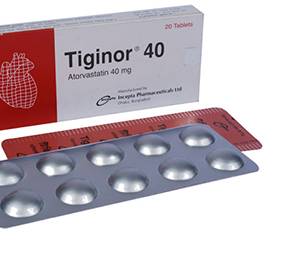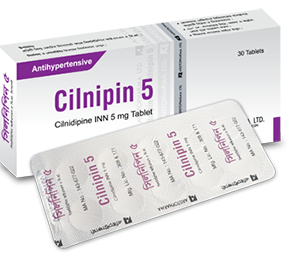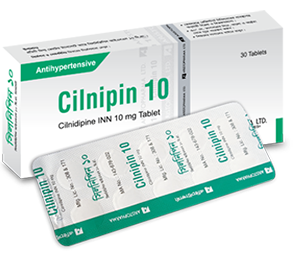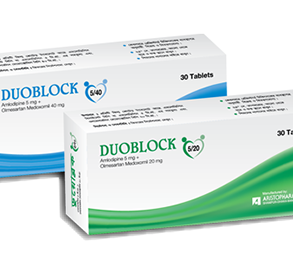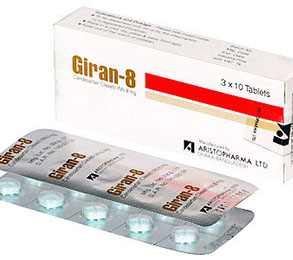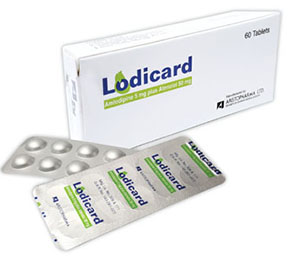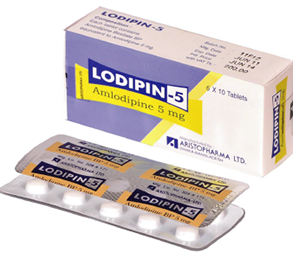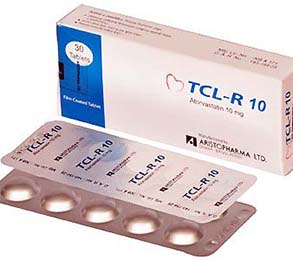Tenodin Tablet 5 mg+50 mg 10 Pcs
Alternative products
Indications
Amlodipine &
Atenolol is indicated in:
- Hypertension not controlled by monotherapy
- Angina pectoris & hypertension co-existing diseases
- Post MI patients
- Refractory angina pectoris where nitrate therapy has failed
Therapeutic Class
Combined antihypertensive preparations
Pharmacology
Amlodipine is a dihydropyridine calcium antagonist
that inhibits the transmembrane influx of calcium ions into vascular smooth
muscle and cardiac muscle; it has a greater effect on vascular muscle than on
cardiac muscle. Amlodipine is a peripheral vasodilator that acts directly on
vascular smooth muscle to cause a reduction in peripheral vascular resistance
and reduction in blood pressure. Amlodipine reduces tone, decreases coronary
vasoreactivity and lowers cardiac demand by reducing afterload.
Atenolol is a cardio selective beta blocker. The
cardio selectivity is dose related. Atenolol causes a reduction in blood
pressure by lowering cardiac output, decreasing the plasma renin activity and
sympathetic outflow from CNS. Atenolol also causes a reduction in myocardial
oxygen demand by virtue of its negative inotropic and negative chronotropic
effects.
Dosage & Administration
The recommended dosage is one tablet daily of (Amlodipine 5 mg & Atenolol 50 mg) or (Amlodipine 5 mg & Atenolol 25 mg). Depending upon the therapeutic response, titration of the dosage is recommended. In elderly patients, it is advisable to initiate the therapy with ½ tablet of fixed dose combination of Amlodipine & Atenolol (i.e. 2.5 mg of Amlodipine & 25 mg Atenolol).
Interaction
Amlodipine has been safely administered with
thiazide diuretics, beta blockers, alpha blockers, angiotensin converting
enzyme inhibitors, long-acting nitrates, sublingual glyceryl trinitrate,
non-steroidal anti-inflammatory agents, antibiotics, and oral hypoglycemic
agents. In vitro data from studies with human plasma indicate that amlodipine
has no effect on protein binding of the drugs tested (Digoxin, Phenytoin,
Warfarin, or Indomethacin).
Atenolol reduces the clearance of Disopyramide by 20%. Additive negative
inotropic effects on the heart may be produced. At doses of 1 gm and above,
Ampicillin may reduce Atenolol levels. Beta-blockers may decrease tissue
sensitivity to Insulin and inhibit Insulin secretion, e.g. in response to oral
antidiabetics. Atenolol has less potential for these actions.
Contraindications
Hypersensitivity to either component, sinus bradycardia, second and higher degrees of heart block, cardiogenic shock, hypotension, congestive heart failure, poor left ventricular function.
Side Effects
The combination of Amlodipine and Atenolol is well tolerated. Overall side effects include fatigue, headache, edema, nausea, drowsiness, anxiety and depression.
Pregnancy & Lactation
Atenolol crosses the placenta. So it is contraindicated in pregnancy. It should be avoided during lactation.
Precautions & Warnings
Atenolol may mask the symptoms of hyperthyroidism. It may also mask the symptoms of hypoglycaemia, as well as enhance the effects of hypoglycaemic agents in patients with diabetes mellitus.
Storage Conditions
Store in a cool dry place protected from light. Keep out of reach of children.
- Type Tablet
- Tag
- Morbi leo risus
- Porta ac consectetur ac
- Vestibulum at eros




